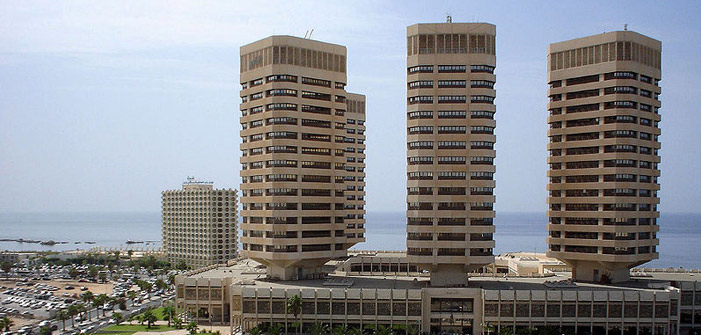Tripoli is enchanting visitors, again
By Carlton Leisure -
31/03/2015

Tripoli, the capital of Libya may not be a great destination but it charms travellers with a fine combination of Mediterranean and Arab Islamic culture. This one of the most cosmopolitan cities in the country is a fine collage of historical attractions and tourist who has visited this city before, can vouch for its tourism potentials. This home to 1.68 million traces back its origin from 7th century. Here we turn spotlight on some of the most interesting attractions in and around the city.
Jamahiriya Museum
Jamahiriya Museum is also considered as Libya’s national museum. The museums house a great collection of art from the Mediterranean and artefacts giving an insight into the history and culture of Libya. The museums also houses collections from the Roman and Greek period of the country’s history. Most of the travellers flying to Tripoli never miss an opportunity to visit this museum.
House of Yusuf Karamanli
Situated south of the Roman Column Crossroads; the House of Yusuf Karamanli is the dwelling place of former ruler of Tripoli. The house may look extravagant at first sight but it gives an understanding of houses of that era. A fountain situated in the centre of courtyard is a visual delight.
Old British Consulate
Situated west of the Gurgi Mosque, the building was built during mid 18th century as a dwelling place of Ahmed Pasha (the founder of the Karamanli dynasty) during the final phase of his reign (1711-45). Later it served as the office of the British consulate. Using it as the base, the British launched expedition into Sahara region in order to take advantage of famous trade routes. On a plaque outside the building you can find a short description of the history of the building. The consulate has also served as refuge for expatriations.
Green Square
Green Square in Tripoli came into existence after the revolution of 1969. Now this square is hub of central Tripoli where medina meets. Previously, the square was used as a place to address mass rallies during the revolution. The square remains filled with people throughout the day.
Madrassat al-Founoun Wasana'a al-Islamiya
Madrassat al-Founoun Wasana'a al-Islamiya is one of the major drawcards in Libyan capital. Get inside the building you will be amazed to see its two-tiered courtyard which is rich in history. First built as a school building during the Ottoman period, the building was later converted into a prison from 1911 until 1942 by the Italians, who kept Libyan deportees here before deporting them.
Tripoli doesn’t boast a big list of tourist attractions but it has enough to engage tourist for few days.